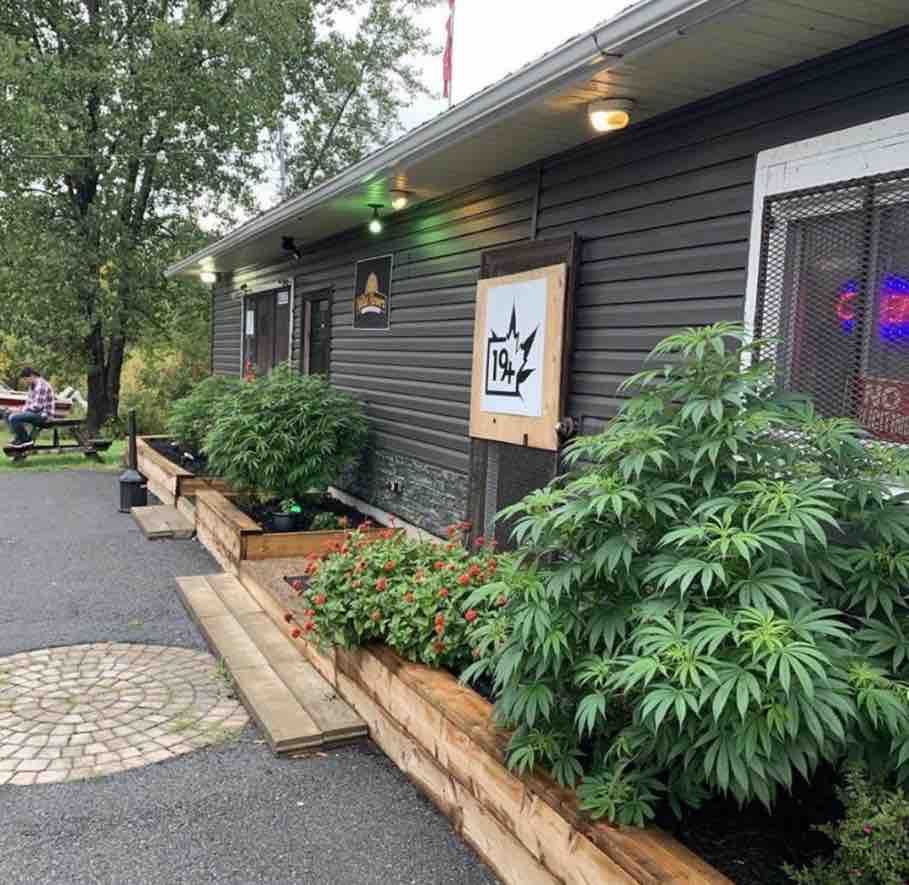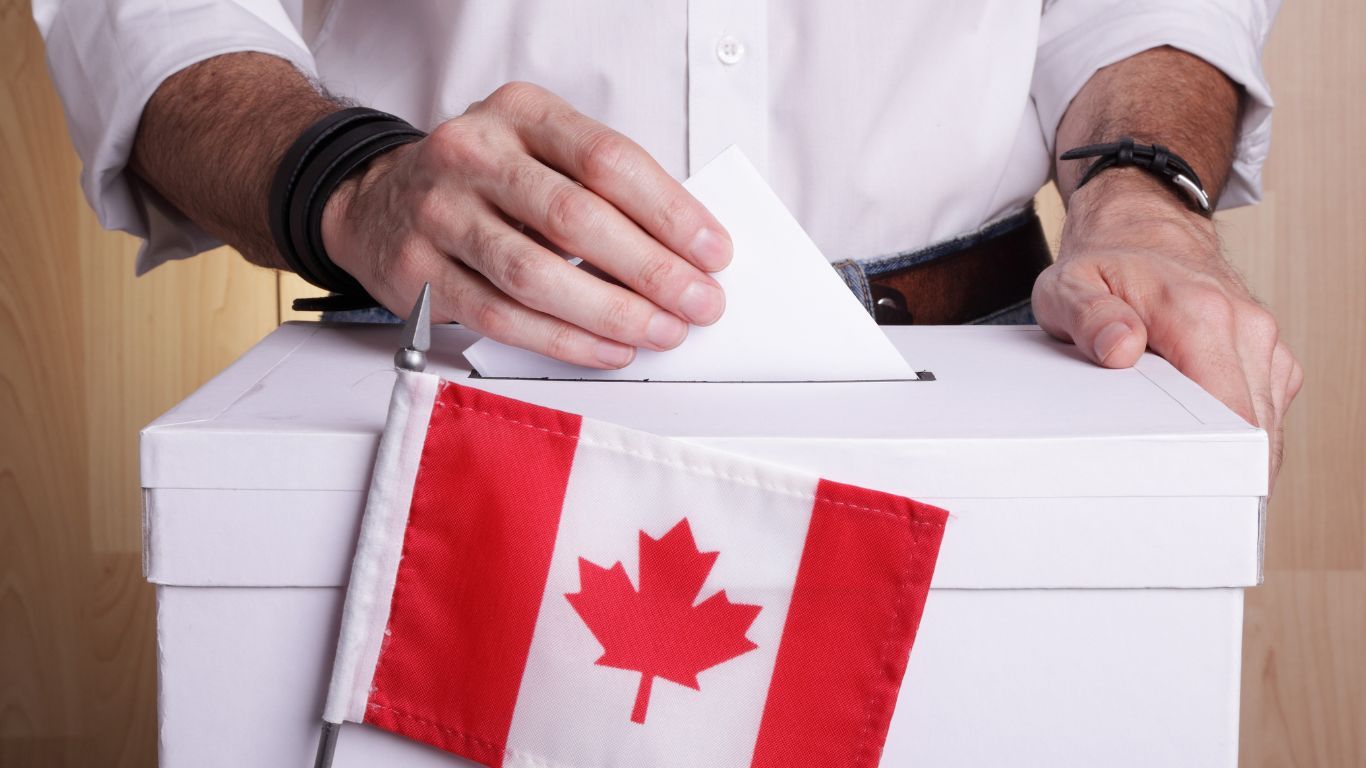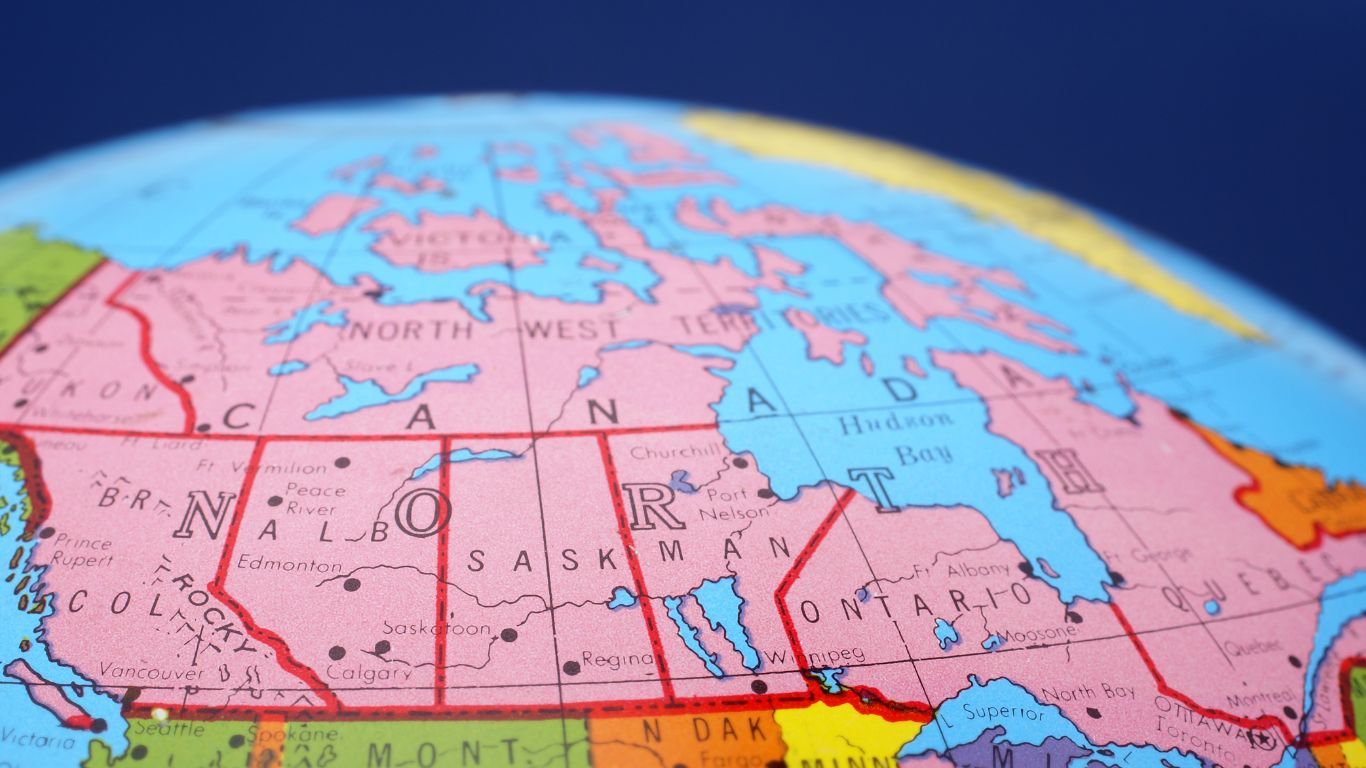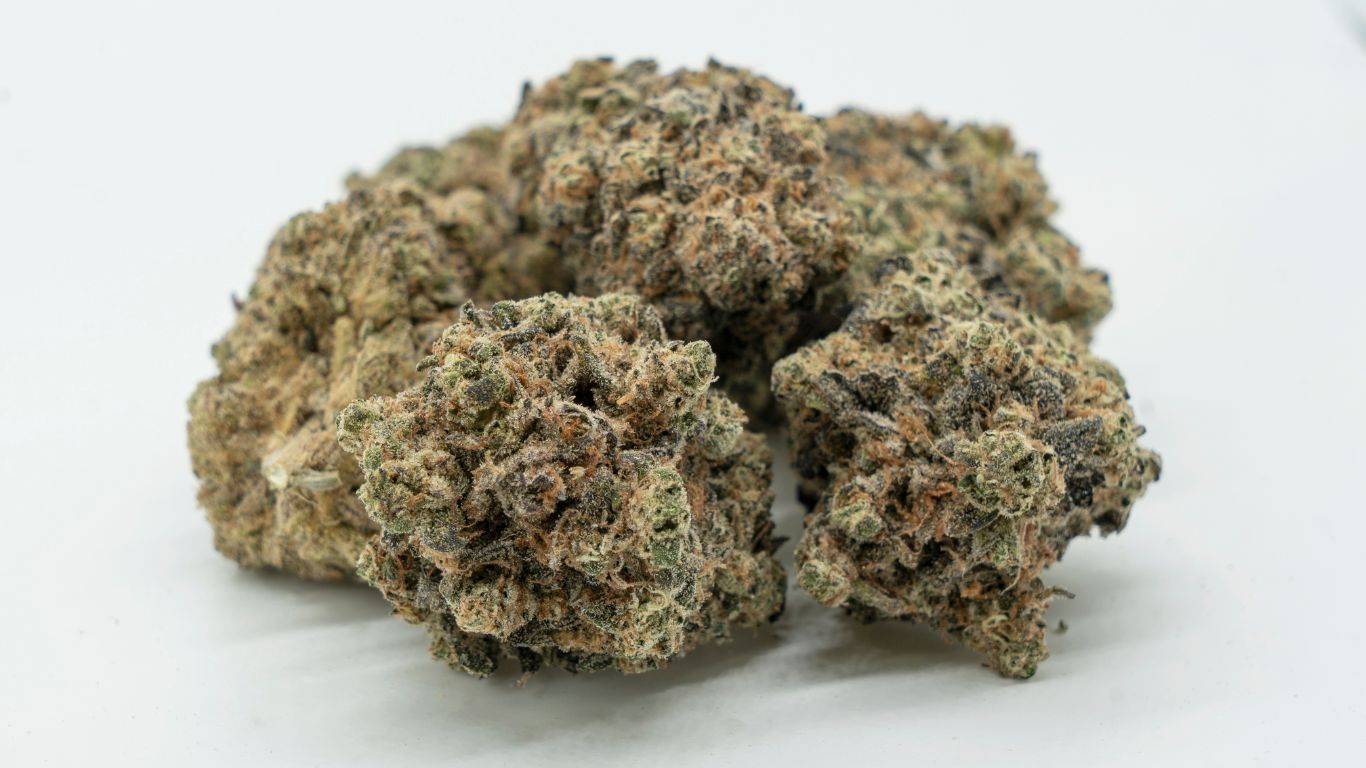
When Canada legalized cannabis back in 2018, the federal government hoped that the regulated market would take the wind out of the sales of organized crime.
Since then, there has been an impressive shift, but the unregulated market is nonetheless substantial: as of the third quarter of 2020, the unlicensed market for non-medical cannabis represented $754 million in sales, compared to $824 million in the licensed market.
“Legal cannabis activities are steadily growing since the coming into force of the Cannabis Act two years ago,” says Magali Deussing, a spokesperson with Public Safety Canada. “In the meantime, the illegal cannabis market remains a significant competitor to the legal market.”
If a First Nation is purchasing narcotics outside of the regulated system, and the supplier is connected to a criminal organization, then they are putting themselves in the crosshairs.
Yvan Larocque, Lawyer
One ongoing challenge has been with regard to how First Nations participate. This debate is about more than the right to do business outside of the regulated market, or Health Canada’s concerns with regard to product safety.
“Criminal law is an issue here,” says Yvan Larocque, one of a handful of Indigenous lawyers in Canada who specializes in cannabis law. “If a First Nation is purchasing narcotics outside of the regulated system, and the supplier is connected to a criminal organization, then they are putting themselves in the crosshairs.”
Back in 1867, section 91(24) of the Constitution Act gave the Canadian parliament “exclusive Legislative Authority” specific to “Indians, and Lands reserved for the Indians.” This laid the legal foundation for Canada’s reserve system. Then in 1982, the Constitution Act was revised to include section 35, which recognized and affirmed Aboriginal rights – without specifically creating new rights. Since then, case law has had to address these rights, and how they interact with Canadian and provincial laws.
“There has been a lot of conflict around this,” says Larocque. “One important example is a series of gaming cases in the early 1990s in Saskatchewan. The government of Saskatchewan said that the Shawanaga and Eagle Lake First Nations didn’t have aboriginal rights to legislate gaming, and the Supreme Court agreed. However, the First Nations subsequently negotiated shared gaming jurisdiction and revenue sharing with the provincial government.”
If licensed producers are unwilling to sell to a First Nation, for fear of putting their licenses at risk, and there is no cultivation on the reserve, then they have to import black market products from outside of their jurisdiction.
YVAN LAROCQUE, LAWYER
First Nations rightly claim that aboriginal self-government is established in common law, and that this predates the arrival of Europeans – and the occupation of Indigenous land. Indigenous people living under treaties have not had their rights extinguished. As well, First Nations in British Columbia signed no treaties, and never ceded their rights to the Crown.
Specific to British Columbia, the province’s Solicitor General and Minister of Public Safety, Mike Farnsworth, has been reluctant to enforce the law, for fear of triggering a court challenge. This has resulted in accusations that British Columbia is allowing for an uneven playing field, with First Nations able to operate without the burden of regulation.
When Markets Collide
The problem is that an unregulated retail operation might not have access to legal cannabis.
“There can be issues with off-reserve cannabis supply,” says Larocque. “If licensed producers are unwilling to sell to a First Nation, for fear of putting their licenses at risk, and there is no cultivation on the reserve, then they have to import black market products from outside of their jurisdiction.”
Nearly half of the national high-threat organized crime groups identified by the Criminal Intelligence Service of Canada … are presently involved in the illicit cannabis market.
Catherine Fortin, RCMP Spokesperson
The Cannabis Act authorizes local governments, including individual First Nations, to establish additional rules or requirements for cannabis-related activities within their communities, based on their own authorities. However, activity off-reserve raises serious liability concerns for a First Nation, given that its actions could be in direct conflict with federal law.
“It’s a major issue,” says Larocque. “No point-of-sale financial services provider will allow you to do a transaction. So, there goes debit and credit cards. And where do you put all that cash? You have to get it in the bank somehow, but then you might be in breach of money laundering and terrorist financing laws, which are no joke.”
In an email, RCMP spokesperson Catherine Fortin told StratCann that criminal groups and networks operate across Canada, and are involved in all aspects of the cannabis distribution chain – including production, exportation, and trafficking. The profits from illegal cannabis sales are then used to fuel other illicit activities such as fraud, trafficking in firearms, and other illicit drugs.
“Nearly half of the national high-threat organized crime groups identified by the Criminal Intelligence Service of Canada – which is stewarded by the RCMP – are presently involved in the illicit cannabis market,” says Fortin. “We know that individuals can’t sell without sanction from organized crime groups.”
This might make the participation in the unregulated market simply untenable for many First Nations. It has already factored into the decision-making of Williams Lake First Nations in BC, which chose to enter into an agreement with the provincial government, in part, due to the fact that unregulated cannabis operations are not supported by banking institutions.
The Waiting Game
At present, the enforcement policy appears to be to go after the unregulated cannabis market off of First Nations reserves. That may change at some point, but for now the focus is on getting as many First Nations as possible to participate in the regulated system.
“There is a continued presence of an illegal cannabis market in Indigenous communities,” says Deussing, from Public Safety Canada. “However, there is also a growing number of Indigenous owned or affiliated businesses participating in the federally-regulated cannabis industry, either directly or through partnership.”
Public Safety Canada is part of a federal, provincial, and territorial working group that’s studying ways to reduce illicit sales. The plan, it appears, is to make participation in the unregulated market untenable, forcing First Nations to the table to hammer out agreements that are satisfactory to all sides.
But that’s a tall order. Not only are there ten provinces, three territories, and a federal government involved – there are also 630 First Nations.
“Governments don’t have the negotiating teams for every First Nation,” says Larocque. “They would much rather come to a resolution with a representative organization, and to then get individual First Nations to sign on. It’s partly strategic, and partly just practical.”
What is certain is that the issue won’t be resolved any time soon.
Featured image of via Facebook











